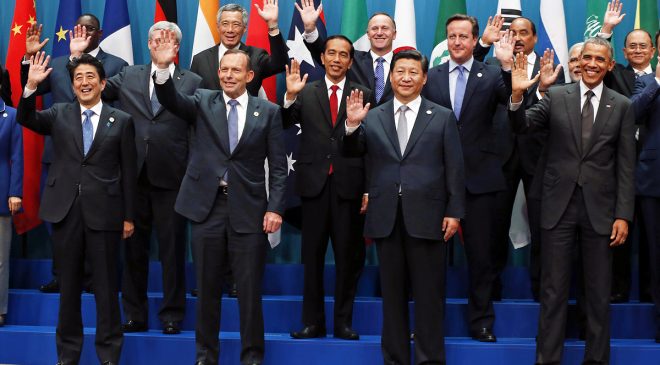Leftists affect to love the community. When they make or support a political proposal, they are likely to say that it is for the community, that it is what the community wants. In discussions with such people, I find that they think I’m crazy for challenging their conception of community and what serves the community’s peace and good order. They take me to be some sort of rugged individualist, the sort of character Ayn Rand might relish.
They’re wrong about me. I place a high value on community, and I feel sorry for people who have no membership in one.
But I distinguish true community and false community. The line that separates them is the locus of points at which people bring government compulsion to bear to compel those who disagree with them to fall into line or suffer punishment, the line that separates those who recognize and respect everyone’s natural rights and those who do not.
True communities form spontaneously and function voluntarily. False communities represent groups of people who use political means to victimize those outside the group and violate their natural rights. True communities have no need for cops; false communities cannot get by without them. False communities are more accurately described as political factions.




